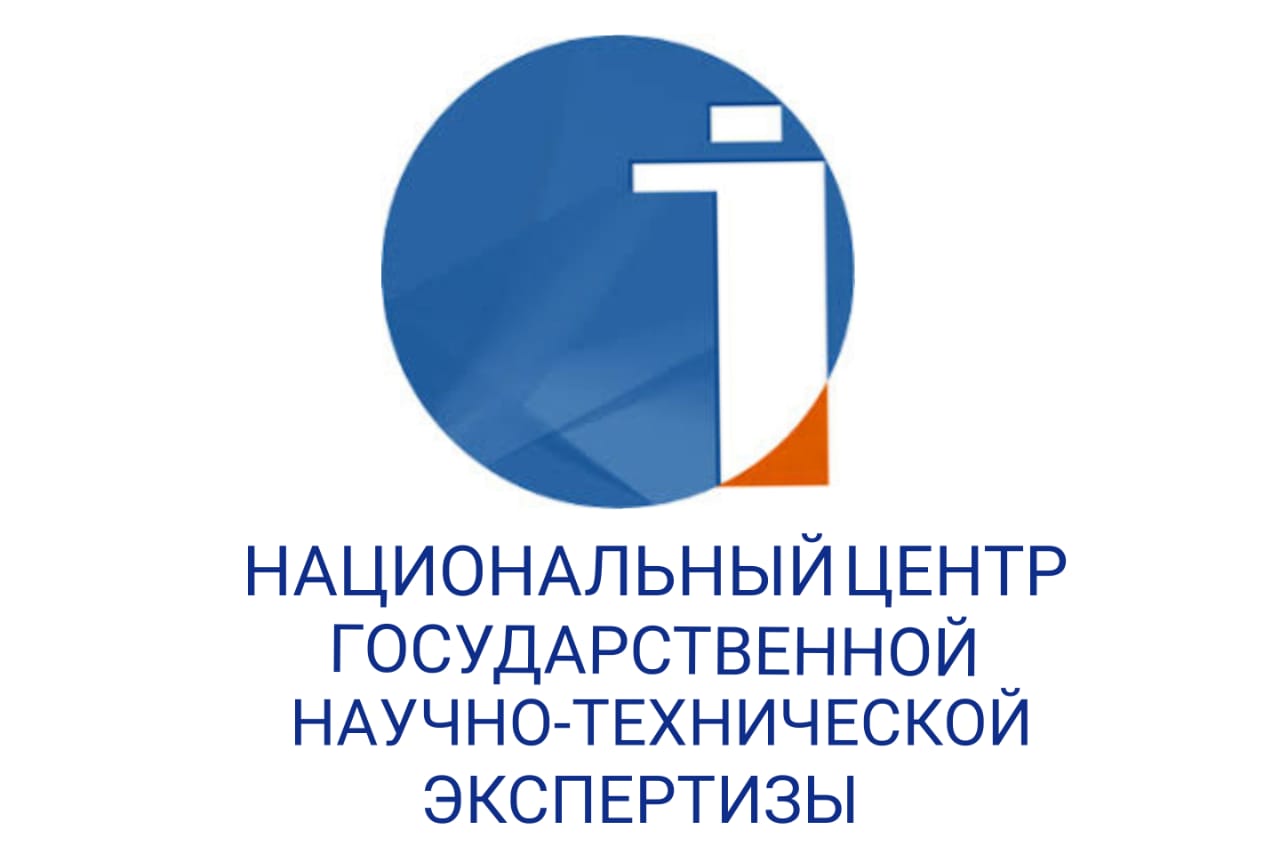EXPRESSIVE AND EMOTIONAL MEANINGS EXPRESSED IN INTERROGATIVE STATEMENTS
DOI:
https://doi.org/10.48371/PHILS.2022.66.3.009Keywords:
interrogative statements, expressive-emotional meaning, interrogative pronoun, interrogative particle, pragmatics, types of expressive-emotional meanings, speech act, speech situationAbstract
In the statements, the speaker, along with such goals as transmitting or receiving any information, an order, expressing desires, expresses his emotions, an expressive mood. In this regard, the article aims to determine the expressive and emotional meanings expressed by interrogative statements in the Kazakh language and identifies the following types of them: the meanings of joy (contentment), faith (hope), surprise, amazement, disappointment, dislike, ridicule, contempt, anxiety, pity, remorse, discouragement, accusation (reproach), insults (quarrels, annoyances), cursing.
These emotionally expressive meanings are expressed by interrogative pronouns and interrogative particles, and these meanings are enhanced by their repetition, joint use with other various linguistic means, for example, particles (goy, gana, -ai, -au), interjections (o, apyr-au, a, atten). At the same time, the emotional-expressive meanings expressed in interrogative speech are determined by the general speech situation (the data of the speech act, the pragmatic goal of the author (hero), the intonation of speech, the place of use of words in a sentence, parcel, etc.), various emotionally expressive language units (words, phrases, introductory elements, phrasal combinations).
The article uses methods of structural-semantic description, contextual analysis, functional-semantic analysis, differentiation, hypothetical interpretation and transformation.
The results obtained in the article are of great value in solving such scientific problems in linguistics as the addressee/addressee factor in a speech act, communicative strategies, tactics, presubposition, proposition and postposition, perlocative pragmatics of direct and indirect interrogative statements, and can also be used when conducting lectures in higher educational institutions on morphology, syntax, stylistics, pragmatics of Kazakh linguistics.








